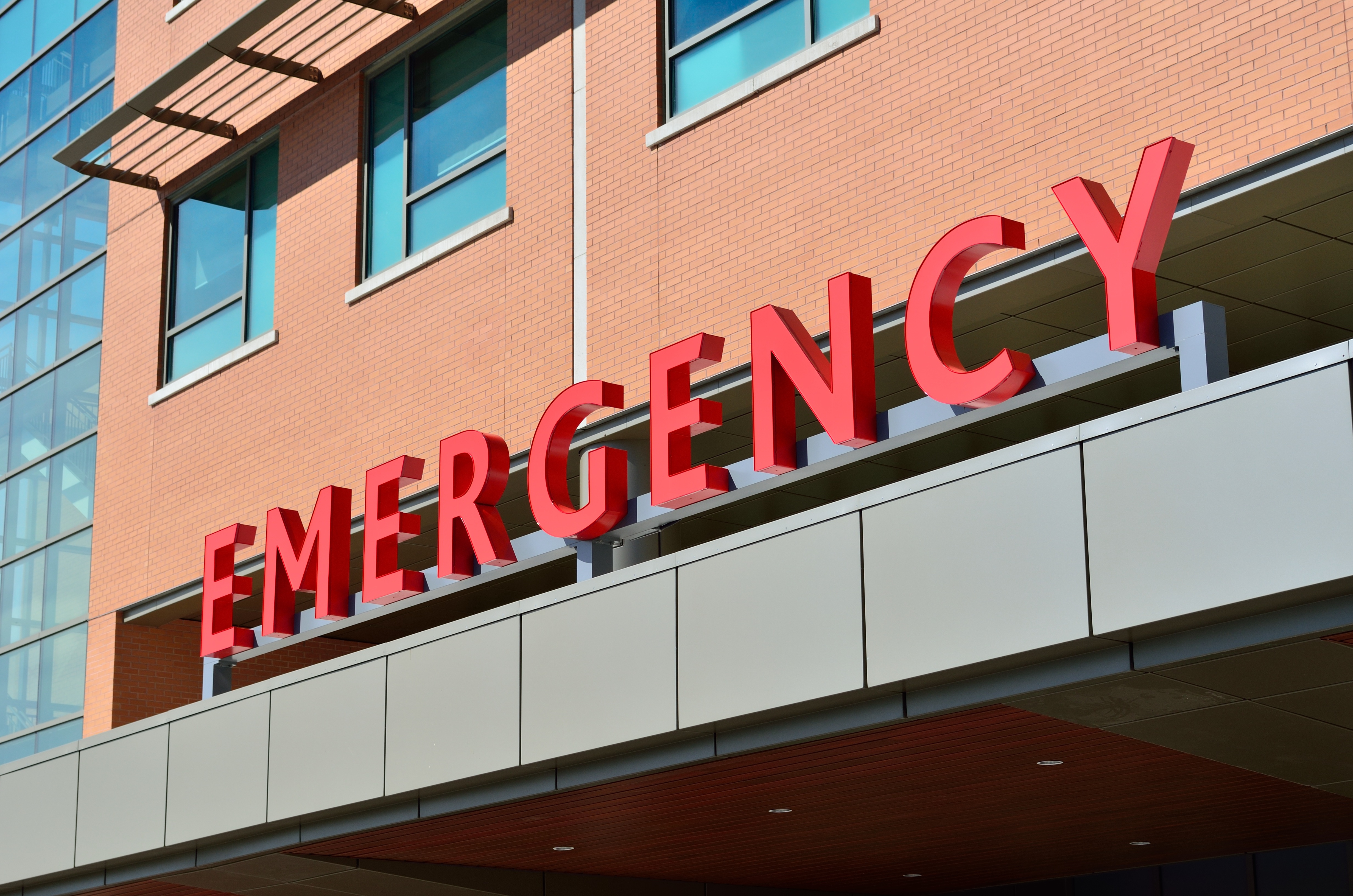Can we afford the high cost of cancer drugs?
I still remember a patient who told me she cannot afford the $20 monthly copay for her oral chemotherapy. Her cancer was potentially curable with appropriate treatment; however, she couldn’t pay the copayment and ultimately suffered the consequences of uncontrolled cancer growth, and unfortunately passed away.
Advancement in cancer therapies is dramatic and rapid. This includes new drug approvals along with new technologies that help in reframing the structure of cancer care. But the increased cost of cancer care is problematic and often overlooked. Such cost is shared by patients and society and will have consequences for both.
The cost of cancer therapy does not only mean the cost of a cancer drug. Multiple patient and system-related factors will add to the expenditure. Cancer patients are vulnerable and require immediate treatment options. The profits of pharmaceutical companies usually increase with higher treatment price.

Other factors include lack of competition and scarcity of available generics. Medicare, the national health insurance program for elderly and disabled individuals in the U.S., cannot negotiate drug prices. This further complicates the cost burden as there is often no downward pressure on price and results in a system that cannot be maintained.
For example, Abecma (idecabtagene vicleucel), a type of cellular therapy recently approved by the FDA for use in relapsed/refractory multiple myeloma, was listed at $419,500 for the cellular product production and infusion. This price does not include other costs which may include the conditioning chemotherapy given prior to the infusion of the cellular product, hospitalization related to the common adverse events related to the infusion, and the cost of potential complications.
While those costs maybe thought as separate, they resemble an essential part of the total therapy plan of such cellular cancer treatments. Though effective, especially in patients who fail multiple previous lines of therapy, the median progression-free survival that supported its approval was 8.8 months.
Whether such improvement in cancer control, with unknown effect on overall survival, is worth this high cost is unknown. Cost effectiveness analysis is designed to help assess such benefits in relation to cost. There is an urgent need to set up limits of cancer drug costs according to their effectiveness. While this is true for all drugs, setting up cost limits for cancer drugs is an urgent need.
The use of cost effectiveness measures is potentially helpful. One example is cost-utility analysis which measures quality-adjusted life years (QALYs). The use of QALYs is considered the standard measure, though in the U.S it is not used to aid in decisions of drug approvals or setting prices.
Comparing cost-effectiveness of different cancer drugs at different stages of therapy should be interpreted with caution. Setting an upper cost effectiveness threshold, which is variable according to the specific characteristics of the treated cancer and QALYs, will help in forcing pharmaceutical companies to decrease their price to allow for their drug coverage. This will only be possible if stakeholders, including Medicare, are able to negotiate drug prices.
Patients share a non-trivial cost that will add to their stress level. Decreasing cost will result in higher number of patients who can afford cancer drugs and may ultimately result in better outcomes. Separating patient and system-level factors and their associated cost burden is difficult since both factors interact with each other.
The system cannot afford the high cost of cancer care, and this may result in lack of access to effective cancer drugs in the near future. Change is needed and it’s needed now.
-By Samer Al Hadidi M.D., MS, FACP, fellow, Department of Hematology and Oncology, Baylor College of Medicine



